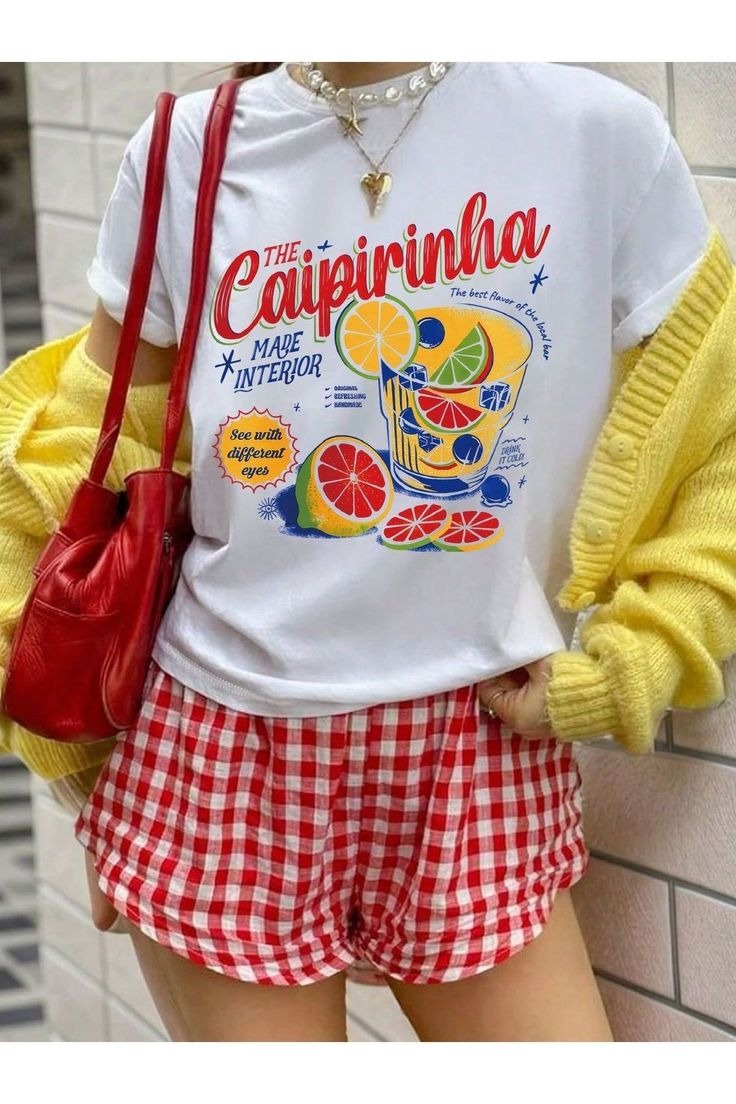Blog
The Ever-Evolving Essence of Fashion

Introduction
Fashion has long been a mirror reflecting the values, aspirations, and transformations of societies across the globe. It is more than the garments people choose to wear; it is an expression of identity, a dialogue between past and present, and a canvas on which creativity and innovation converge. Over centuries, fashion has grown from functional and ritualistic attire into a complex system shaped by art, politics, technology, and economics. In contemporary times, it continues to evolve at an unprecedented pace, influenced by globalization, digital media, sustainability concerns, and shifting consumer attitudes. This exploration delves into the multifaceted world of fashion, tracing its historical roots, cultural significance, technological advances, ethical considerations, and future directions.
Historical Evolution of Fashion
From the simplest garments designed to protect against the elements to the elaborate ensembles of royal courts, the history of fashion reveals how clothing has served both practical needs and symbolic functions. In ancient civilizations, attire denoted social status, religious affiliation, and community belonging. As trade routes expanded, new materials and techniques circulated, enabling innovations in textile production and design. The Renaissance brought a revival of artistry, with tailors and artisans elevating clothing to an art form that showcased craftsmanship. In subsequent centuries, industrialization revolutionized textile manufacturing, making fabrics more widely available and democratizing access to fashionable styles. By the modern era, fashion houses emerged, setting trends that spread rapidly via print media, cinema, and later television. Each epoch left an imprint on how people perceive and use clothing, yet a continuous thread connects these developments: the desire to communicate something about oneself through appearance.
Cultural Significance and Social Narratives
Clothing transcends mere coverage of the body; it conveys stories about heritage, beliefs, and aspirations. Traditional garments embody cultural memories, passed down through generations in the form of craftsmanship techniques and symbolic motifs. At the same time, fashion has become a site of cultural exchange, where styles blend and adapt across borders. This interplay can foster appreciation and innovation, yet it also raises questions about appropriation and respect. The social narratives carried by fashion encompass notions of gender, class, ethnicity, and power. Over time, certain styles have challenged prevailing norms, as garments once reserved for specific groups become tools of subversion. The interplay between conformity and rebellion finds vivid expression in clothing choices. As people negotiate their place in society, fashion offers a means to assert individuality or signal solidarity with a movement. In this way, clothing participates in broader dialogues about equality, representation, and change.
Fashion and Personal Identity
At the heart of fashion lies personal identity. What one chooses to wear can reflect personality traits, moods, values, and life stages. Style becomes a language without words through which individuals shape first impressions and cultivate self-confidence. In some instances, attire serves as armor, providing a sense of empowerment in challenging contexts. For others, it functions as a creative outlet, enabling experimentation with colors, textures, and forms. Fashion also intersects with body image, influencing how people perceive themselves and navigate societal expectations. The contemporary emphasis on authenticity encourages individuals to embrace styles that align with their inner sense of self rather than external pressures. Yet the tension remains between self-expression and broader cultural influences, from advertising to peer groups. Awareness of this dynamic can guide more mindful engagement with fashion choices, fostering acceptance of diversity in appearance and identity.
Sustainability and Ethical Considerations
In recent years, awareness of fashion’s environmental and social impact has grown markedly. The rise of fast fashion accelerated consumption and waste, with garments produced quickly and cheaply, often at the expense of ecological well-being and workers’ rights. This model has prompted critical reflection on the lifecycle of clothing, from raw materials through production, distribution, consumption, and disposal. Sustainable fashion advocates prioritize eco-friendly materials, responsible manufacturing processes, fair labor practices, and longevity of garments. Innovations in textile recycling, biodegradable fibers, and circular design models aim to mitigate waste and reduce carbon footprints. Ethical considerations also extend to transparency in supply chains and respect for the communities involved in production. As consumers become more conscious, many seek brands that align with their values and demonstrate genuine commitment to social and environmental responsibility. This shift challenges the industry to balance creativity and profitability with stewardship of the planet and human dignity.
Technological Innovations and Digital Transformation
Technology has reshaped every facet of fashion, from design to retail. Digital tools enable designers to experiment virtually, accelerating prototyping and reducing material waste. Three-dimensional modeling and simulation offer realistic previews of garments before they are manufactured. In the realm of production, advanced machinery and automation increase efficiency, though they also raise questions about workforce transformations. On the consumer side, e-commerce platforms and mobile applications provide unprecedented access to global markets, allowing individuals to discover diverse brands and styles. Virtual fitting rooms and augmented reality experiences aim to address concerns about fit and enhance online shopping. Social media platforms amplify trends rapidly, with influencers and user-generated content driving visibility for new designs. Blockchain technology is being explored to ensure transparency in supply chains, verifying authenticity and ethical sourcing. Artificial intelligence contributes to demand forecasting and personalized recommendations, while also challenging traditional notions of creativity as algorithms suggest patterns and color combinations. Together, these developments signal a future in which technology and fashion coevolve, generating both opportunities and dilemmas.
Globalization and the Blending of Styles
Global interconnectedness has fostered a blending of fashion languages. Designers draw inspiration from traditions and aesthetics around the world, weaving elements of craftsmanship into contemporary silhouettes. This fusion can create exciting hybrid styles that resonate with diverse audiences. At the same time, globalization means that shifts in one locale can ripple internationally within days or even hours. Such rapid dissemination of trends accelerates the fashion cycle, sometimes to the detriment of sustainability. Moreover, the homogenizing forces of global brands can overshadow local artisans and niche traditions. Yet there remains a hunger for authenticity and unique narratives, encouraging a resurgence of appreciation for indigenous textiles and artisanal techniques. Collaborations between global designers and local craftspeople can celebrate heritage while providing economic opportunities. The challenge lies in maintaining respect and equity in these exchanges, ensuring that cultural expressions are honored rather than exploited.
The Role of Media, Influencers, and Community
Media has always played a pivotal role in shaping perceptions of style and desirability. In the digital age, social platforms have democratized influence, enabling individuals outside traditional fashion institutions to gain followings and impact trends. Influencers share personal perspectives on styling, offer reviews of products, and collaborate with brands on collections. Communities form around shared aesthetics or values, whether related to minimalism, vintage revival, avant-garde experimentation, or sustainable living. These communities support dialogue, inspiration sharing, and collective action, such as organizing swap events or promoting upcycling. However, the visibility culture can also foster comparison and pressure to conform to ever-shifting ideals. Navigating this environment requires critical media literacy, acknowledging that images and messages are often curated or sponsored. Cultivating mindful engagement means recognizing when trends align with personal values and when they may be driven by commercial imperatives.
Consumer Behavior and the Experience Economy
Modern consumers increasingly seek experiences rather than mere products. Fashion retailers respond by creating immersive environments, pop-up events, and experiential marketing that engage senses and narratives. Shoppers may desire the story behind a garment, such as the inspiration of the designer or the journey of the fabric. Personalized services—custom fittings, bespoke designs, or interactive styling consultations—enhance the sense of connection. Meanwhile, rental services and subscription models for clothing reflect evolving attitudes toward ownership and sustainability. Sharing wardrobes or accessing designer pieces temporarily can satisfy desires for novelty without the permanence of purchases. Nonetheless, shifting consumer behavior also introduces complexities for brands striving to maintain profitability while accommodating flexible usage models. Data analytics inform these strategies, yet raise concerns about privacy and digital footprint. Balancing seamless experiences with respect for consumer autonomy and data rights remains an ongoing conversation.
Challenges and Criticisms
Despite the vibrancy of the fashion world, it faces significant criticisms. The environmental toll of resource-intensive processes, water consumption in textile production, chemical use, and waste accumulation demands urgent action. Social concerns over labor exploitation in supply chains persist, with pressure on brands to ensure fair wages and safe working conditions. Cultural appropriation debates highlight the need for sensitivity in drawing from heritage motifs and symbols. The pace of trend turnover contributes to overconsumption and disposability. Mental health implications of idealized images and relentless consumerism also surface as critical issues. Addressing these challenges requires collaboration across stakeholders—designers, manufacturers, policymakers, activists, and consumers. Regulatory frameworks may set standards for sustainability and labor, while educational initiatives foster awareness and skills in circular design. Transparency and accountability become guiding principles for an industry seeking transformation.
Emerging Movements and Grassroots Initiatives
Alongside large-scale industry efforts, grassroots movements champion alternative approaches. Community-led workshops teach sewing, mending, and upcycling, empowering individuals to extend the life of garments. Swap circles and clothing libraries promote sharing as a means to reduce waste. Local designers and small-scale artisans often adopt slow fashion principles, prioritizing quality over volume and cultivating direct relationships with customers. Educational platforms offer resources on sustainable materials, dyeing techniques using natural pigments, and low-impact pattern-making. These initiatives valorize creativity and resourcefulness, demonstrating that meaningful impact can originate at the grassroots level. They also cultivate a sense of agency among consumers, encouraging them to view fashion choices as part of broader ethical and environmental commitments.
Future Directions and Speculations
Looking ahead, fashion will continue to navigate tensions between creativity, commerce, and conscience. Technological advancements such as virtual reality fashion shows, digital-only garments, and metaverse avatars suggest novel frontiers for expression. These digital innovations may reduce physical production, yet they also provoke questions about digital consumption’s environmental footprint in terms of computing energy. Biotechnological developments in lab-grown textiles or regenerative materials hint at more sustainable alternatives. Social movements advocating inclusivity and diversity may further reshape design paradigms, challenging norms around size, age, gender identity, and ability. As climate change intensifies, adaptive designs responding to shifting weather patterns could become more prominent. Collaborative frameworks that unite designers, scientists, and communities may drive solutions that marry aesthetics with resilience. Ultimately, fashion’s future will hinge on its capacity to honor creativity while embracing responsibility, forging paths that are beautiful, meaningful, and sustainable.
Conclusion
Fashion embodies the pulse of human creativity and social transformation. It intertwines practical function with symbolic resonance, shaping how individuals present themselves and connect with others. The industry’s complexity spans artisans crafting fabrics by hand to global brands leveraging digital platforms, all within a landscape marked by environmental and social imperatives. As the world confronts pressing challenges, fashion stands at a crossroads: to perpetuate unsustainable cycles or to reimagine systems in accordance with ecological balance and equity. Through informed choices, innovative technologies, and collective commitment, fashion can evolve into a force that celebrates diversity, nurtures the planet, and empowers individuals to express their truest selves. In this ongoing narrative, each stitch and silhouette contributes to the story of our times, inviting reflection on where we have been and inspiring visions of where we might go.
